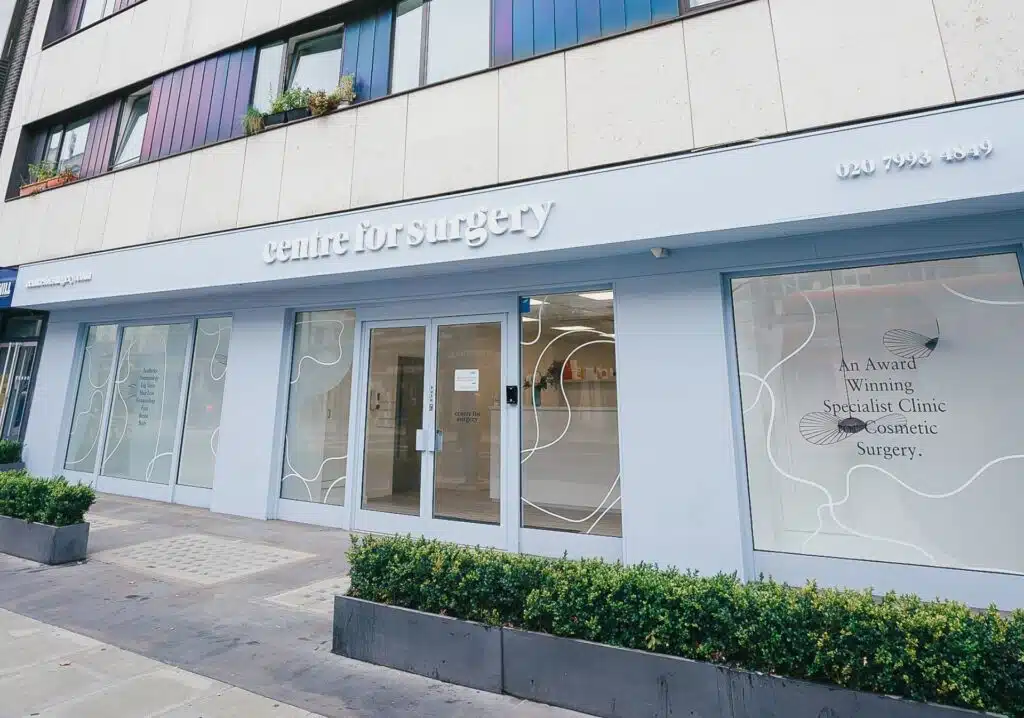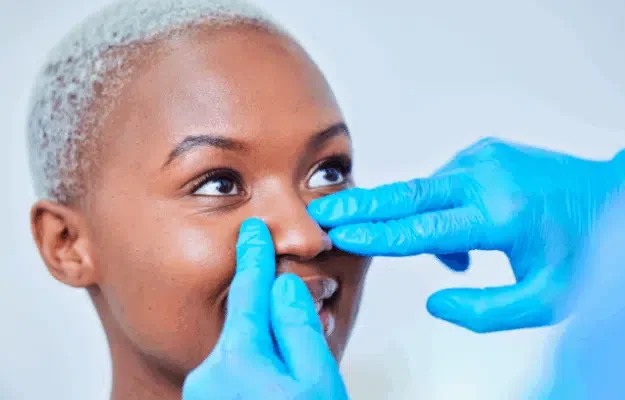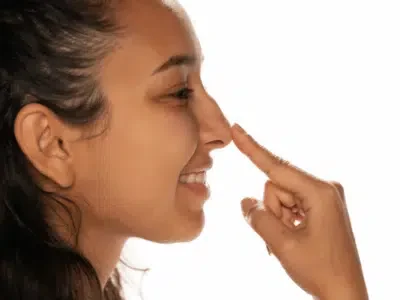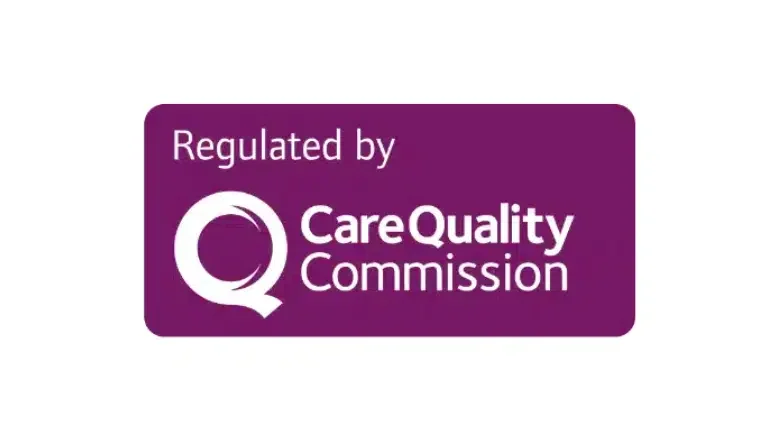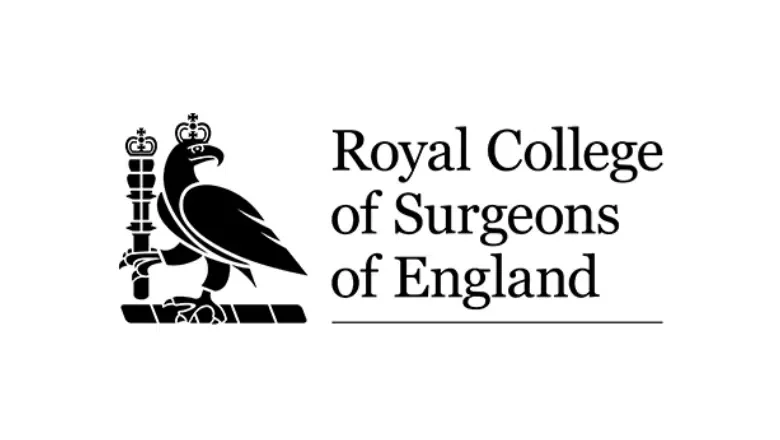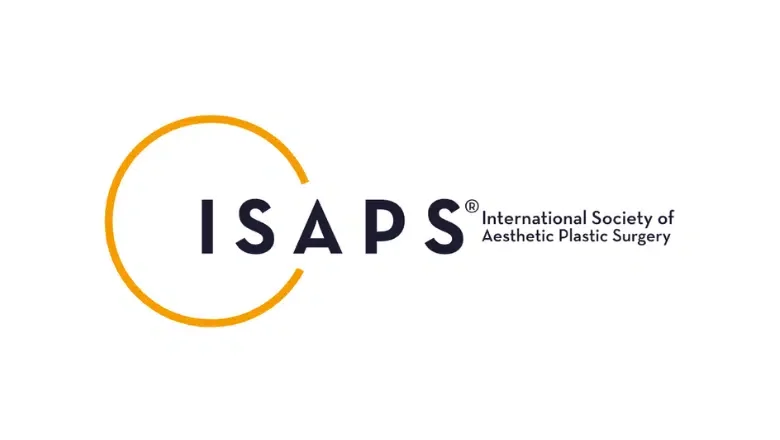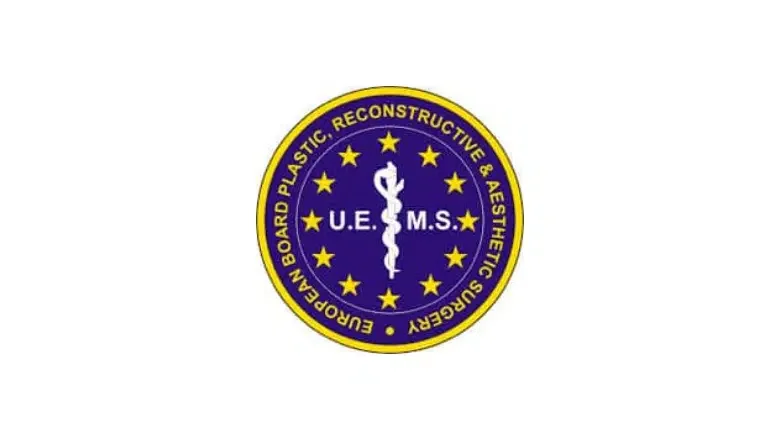Understanding the Causes of Pollybeak Deformity in Rhinoplasty
A pollybeak deformity of the nose, also known as a supra-tip fullness, can arise from two distinct causes. This condition is characterised by an unusual fullness just above the nasal tip, creating an unwanted contour that can affect the aesthetic outcome of rhinoplasty.
One type of pollybeak deformity is the soft tissue variant. This typically occurs when too much of the underlying cartilage structure is removed during a rhinoplasty procedure. If the patient’s skin is relatively thick, the resulting space can fill with scar tissue, leading to a noticeable fullness in the supra-tip region. This excessive tissue build-up creates the characteristic bulge, altering the desired nasal shape.
The other type is the cartilaginous pollybeak deformity. This happens when the surgeon reduces a bump on the nasal bridge but focuses only on the bony portion, neglecting to sufficiently reduce the cartilaginous part. Initially, post-surgical swelling may mask this issue, giving the nose a straight appearance. However, as the swelling diminishes over time, the unaddressed cartilage above the nasal tip can remain prominent, resulting in a persistent supra-tip fullness.
How common is a pollybeak deformity?
Pollybeak deformity is relatively uncommon, primarily because it is often the result of an inadequately performed rhinoplasty. This deformity typically occurs when there are misjudgments or technical errors during the initial surgical procedure. Many patients who develop this condition have had their rhinoplasty performed elsewhere and seek corrective surgery to address the issue.
The deformity manifests as an unusual fullness above the nasal tip, detracting from the desired nasal contour. It serves as a reminder of the importance of choosing an experienced and skilled surgeon for rhinoplasty. Ensuring that the surgeon has a comprehensive understanding of nasal anatomy and the technical expertise to execute precise modifications can significantly reduce the risk of such complications.
When does a pollybeak deformity appear?
The onset of a pollybeak deformity after rhinoplasty largely depends on the underlying cause of the condition. Initially, post-surgical swelling is a natural part of the healing process and can persist for at least the 4 weeks. Due to this swelling, the deformity is often not immediately visible.
Typically, a pollybeak deformity may begin to reveal itself about three-four months after surgery. During this period, as the swelling starts to subside, any fullness or irregularities in the nasal contour become more apparent. The specific timing can vary depending on factors such as the patient’s healing rate, the extent of the initial surgery, and the nature of the deformity—whether it is related to soft tissue or cartilage.
Effective Solutions for Pollybeak Deformity
A pollybeak deformity, although concerning, can indeed be corrected. The method of correction depends significantly on the underlying cause of the deformity.
For those with a soft tissue pollybeak deformity, steroid injections are often the preferred initial treatment. These injections help to reduce the excessive fullness by diminishing the scar tissue that has formed. This non-surgical approach can effectively improve the appearance of the nasal contour. However, if more than a year has passed since your rhinoplasty and the deformity persists, a revision rhinoplasty might be necessary to achieve the desired results.
In cases where a cartilaginous pollybeak deformity is present, surgery is usually required. This involves a secondary rhinoplasty to further reduce the excess cartilage that was not adequately addressed in the initial surgery. Additionally, insufficient support in the nasal tip often contributes to this type of deformity, causing the tip to droop and creating a pronounced bump above it. Corrective surgery aims to both reduce the excess cartilage and reinforce the nasal tip for a more balanced and aesthetically pleasing outcome.
RELATED: Tip Rhinoplasty (Tip Plasty)

